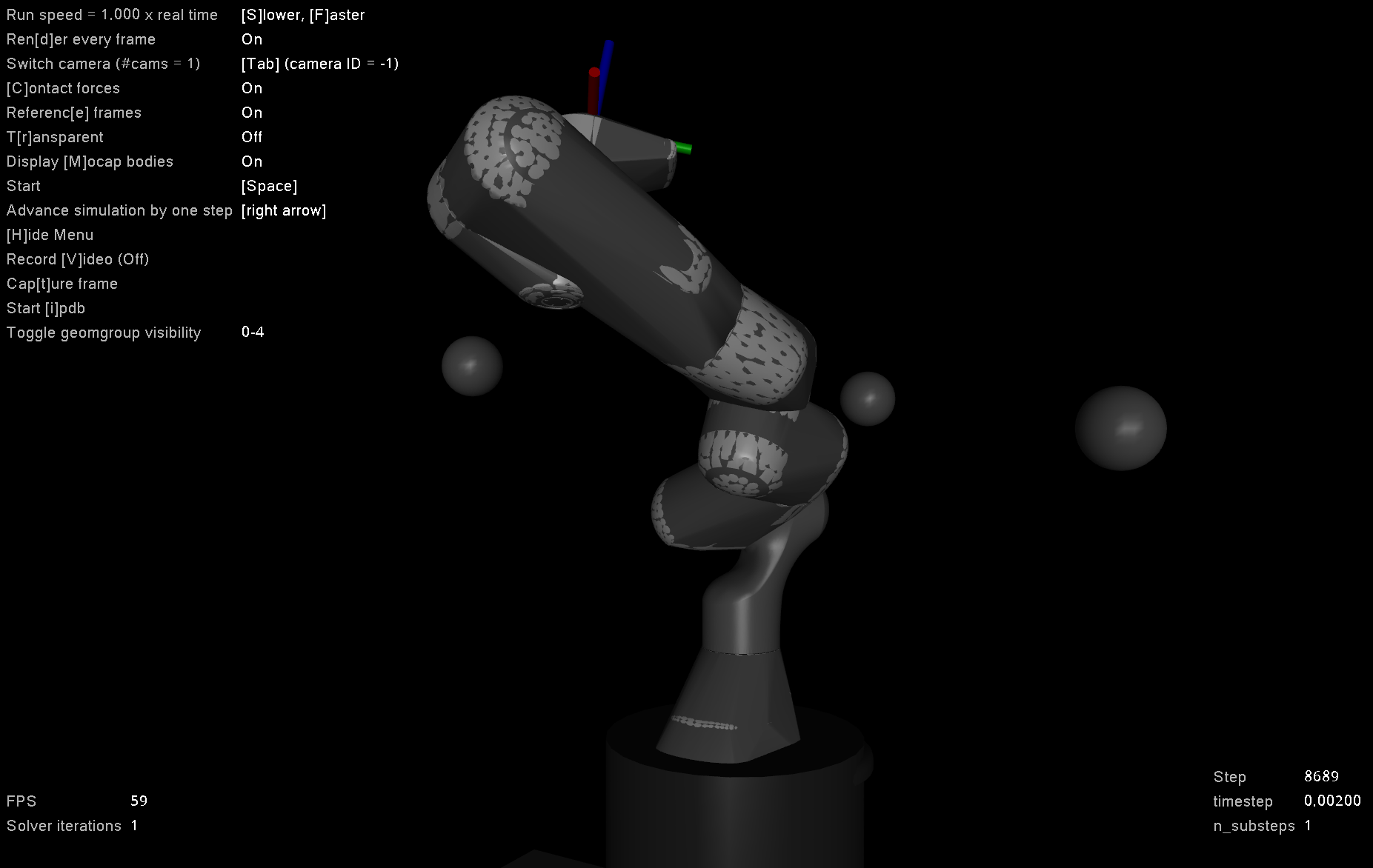Learning Robot Models
Traditional controller design for robots either uses model-free motor-level PID controllers or model-based controllers based on the Euler-Lagrangian models \[ M(q) \ddot q + C(q,\dot q) \dot q + G(q) = u, \] where \(q\) represents the robot's joint angles and \(u\) represents the torques applied on the corresponding joint axes. The quantities \(M(q)\), \(C(q,\dot q)\) and \(G(q)\) are the mass matrix, Coriolis matrix, and **conservative force vector** respectively.
In practice, model-free PID controllers for robots work well only over a limited range operating conditions. In contrast, model-based controllers are far superior, but these models are difficult to obtain. This research direction seeks to develop algorithms that efficiently learn these models, without relying on a parametric model provided by a human.
Self-Supervised Learning of The Conservative Force Vector

We are developing sample-and-time-efficient algorithms for learning the vector of conservative forces acting on a robot, without any explicit specification of the number of passive energy-storing elements (usually springs) on the robot. The approach combines RRT\(^*\)-based exploration with active learning. This development uses the MuJoCo multi-contact physics engine, with validation on a real Franka Emika Panda robot.